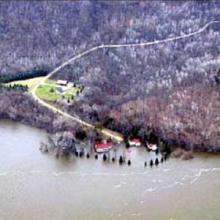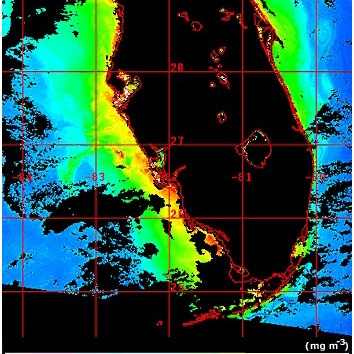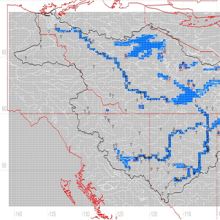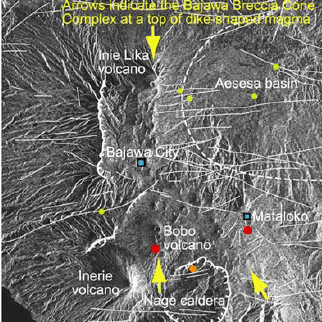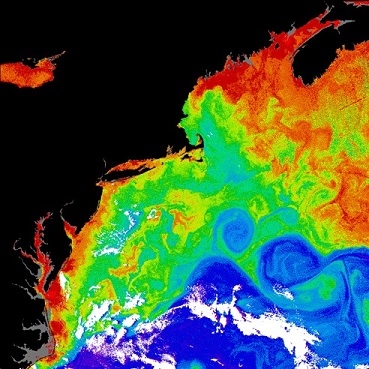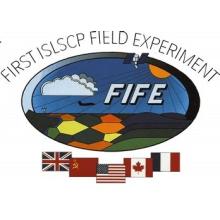Water is necessary for sustaining life on Earth and helps connect Earth's systems. The terrestrial hydrosphere includes water on the land surface and underground in the form of lakes, rivers, and groundwater along with total water storage.
NASA tracks nearly every aspect of the water cycle — where precipitation is falling, the amount of water soaking into the soil, how water moves in rivers and lakes, how it's taken up by plants and used by animals, and the amount of water evaporating back into the atmosphere. NASA data provide information on the terrestrial hydrosphere, including watershed extent, water quality, changes in surface and groundwater, and water surface elevation. In addition, NASA hydrospheric model data provide information on runoff and evapotranspiration.
Definition source: National Aeronautics and Space Administration
